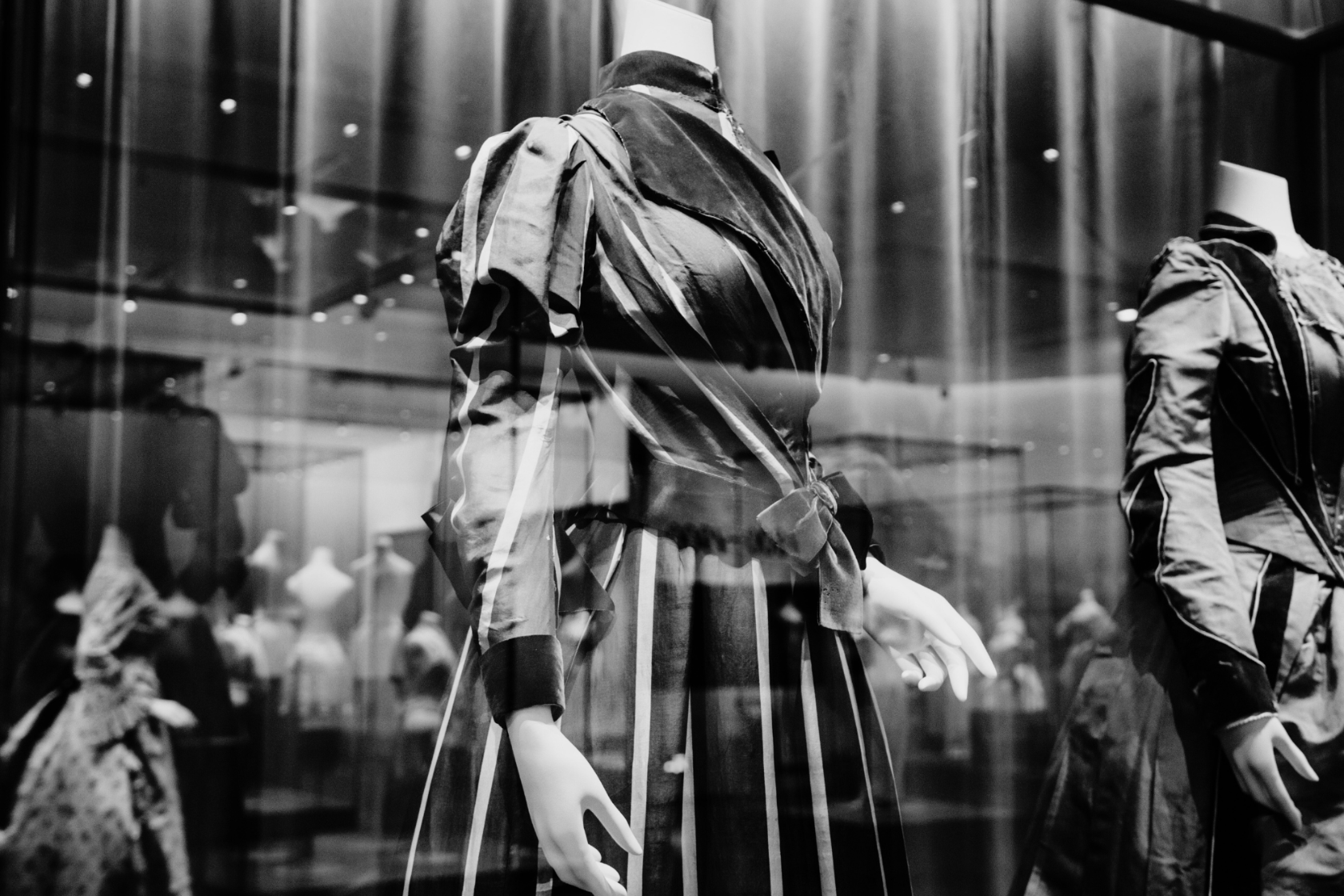Empowering Heritage Managers: Mastering Temporary and Touring Exhibition Strategies
This academic year’s 3-day workshop on Organizing Temporary Exhibitions from your Collection and Touring Strategies took place online from 2 to 4 February 2024. It was attended by16 heritage managers from Africa (Botswana, Egypt, Ethiopia, Kenya, Malawi, Namibia, Rwanda, South Africa, Tanzania, and The Gambia) and Europe (Hungary) who acquired with the necessary knowledge and skills to enhance and promote their institution’s mission through temporary, touring, and partnership exhibitions.
The workshop was led by Dana Andrew, an independent museum consultant and trainer specializing in touring exhibitions and international projects. Dana is also a part-time Executive Director of the International Council of Museums UK (ICOM UK) and a committee member and trainer for the Touring Exhibitions Group (TEG).
The participants were also treated to the contributions of two distinguished keynote speakers that added immense value to the lectures. Nelly Ekstrom, with her vast experience at the Wellcome Gallery in London, shared valuable insights on how to enhance accessibility in Exhibitions while Navjot Mangat shed light on community engagement practices at the Horniman Museum, using Tea as a case study.
Throughout the workshop, the participants delved into the intricacies of planning and organizing temporary exhibitions both within their institutions and on tour. This involved identifying exhibition objectives, crafting a captivating narrative, and curating engaging content to provide visitors with a memorable experience. The workshop also explored strategies for touring exhibitions on a national and international scale, as well as methods to ensure sustainability and accessibility in exhibition design.
Through lively and thought-provoking discussions, participants not only gained valuable insights but also developed a deep understanding of how to create exhibitions that align with their organization’s mission while catering to the needs and interests of their target audience. They also learned about the importance of partnerships, production, and economic models in the exhibition industry, enabling them to select the most suitable models for their institution.

